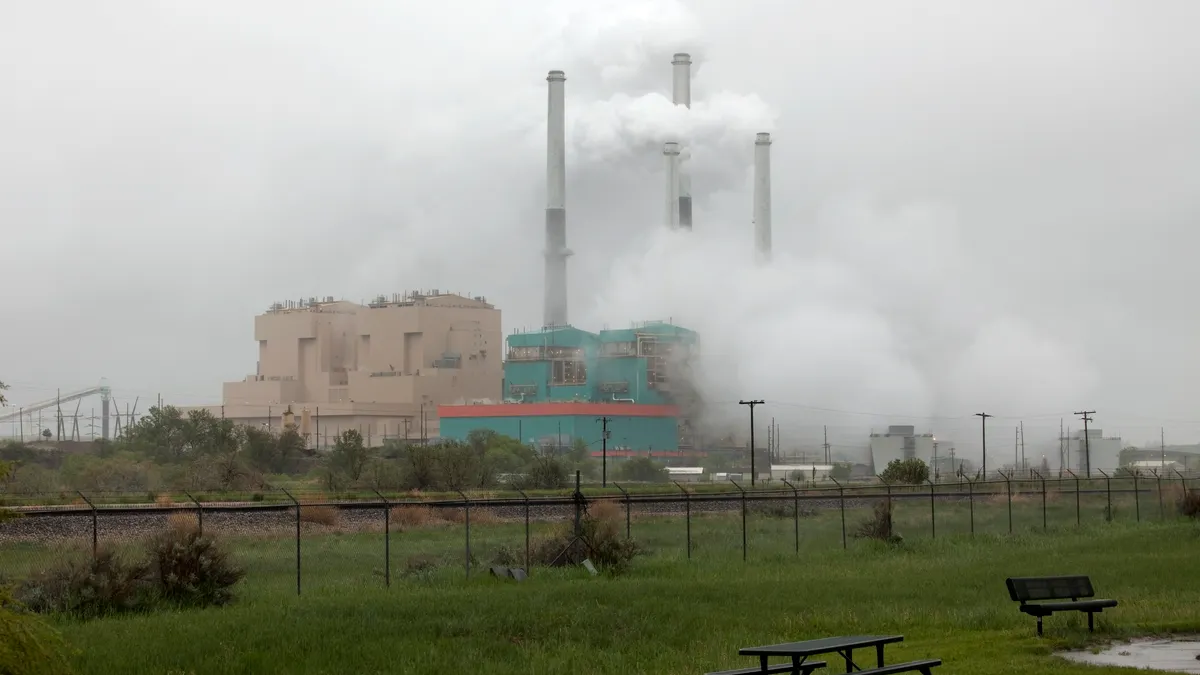The following is a contributed article by Paul Griffin, executive director at Energy Fairness.
In May 2007, the junior senator from Illinois was Barack Obama — a rising political star who had just announced his candidacy for president. Twitter was less than a year old, and the first version of the iPhone was a month away from launch.
May 2007 was also the month that Warren Buffet's PacifiCorp started the federal permit process with the U.S. Bureau of Land Management (BLM) to build its 1,000-mile Gateway West high-voltage transmission power line from Glenrock, Wyoming, to Murphy, Idaho.
Fast-forward eleven years to 2018 and that junior senator had served two terms as President and transitioned into retiree-in-chief, Twitter is ubiquitous, and Apple is on its umpteenth iteration of the iPhone. Yet, Gateway West — a critical infrastructure upgrade for the promotion of renewable energy development in the West and the overall stability of the Bulk Electric System — had just received the final permits required by the National Environmental Policy Act.
Few will question that the National Environmental Policy Act (NEPA) is the cornerstone of environmental law in the United States. NEPA, as it’s commonly known, requires the federal government to incorporate environmental considerations into all federal government decision-making. These environmental considerations are a sometimes cursory and sometimes in-depth analysis of how the federal government’s involvement would affect the well-being of the environment.
But what triggers federal involvement? Turns out the answer is just about anything. For example, it could be a highway construction project receiving federal funding — a ski area like Vail or Aspen operating in a National Forest, which needs to expand its terrain. It could be an electric utility like PacifiCorp that wants to embark upon a robust infrastructure program like Gateway West to integrate more renewables and build more reliability. All of these scenarios — and more — require NEPA analysis.
Without a doubt, the congressional authors of NEPA, which included institutional giants like Senator Henry "Scoop" Jackson (D-WA) and Congressman John Dingell (D-MI), had the best of intentions when they presented the final iteration of NEPA to their colleagues in 1969. NEPA passed overwhelmingly in the House by a vote of 372-15 and was so non-controversial in the Senate that it passed unanimously without debate or even amendments, paving the way for President Nixon's signature on January 1, 1970.
A lightning rod
Given this auspicious beginning, why has the so-called "Magna Carta" of environmental laws become such a lightning rod and shorthand for environmental red tape?
The legislation establishing NEPA was just over five pages long. It not only created NEPA, but the Council on Environmental Quality as the body to implement the bones of the law. Yet, more than 50 years later, the implementation of this sacred environmental law has led to so much frustration that it has resulted in projects like Gateway West taking not just years, but more than a decade, to start construction.
The problem? Forty years of stacking regulation upon regulation and guidance upon guidance has created a bureaucratic leviathan. That’s why it’s taken more than a decade and two terms of an environmentally-focused President to obtain approval of an infrastructure project that has the potential to facilitate the delivery of up to 2,250 MW of wind energy to population centers on the West Coast.
PacifiCorp's parent, Berkshire Hathaway Energy, was eloquent recently in its desire for reform of the NEPA process, explaining in its submitted comments supporting NEPA reform, "Continually changing policies, manuals, and instructions that required additional analysis and created new mitigation requirements for pending projects resulted in years of delay in siting Gateway West, which is instrumental in supporting reliability and integrating new resources in the West."
Jason Begger of the Wyoming Infrastructure Authority has seconded this frustration, stating, "Clearly the [NEPA] system is broken if it takes over a decade and costs hundreds of millions of dollars to determine that there will be no significant impacts to a project of such value to electric reliability and renewables development in Wyoming and the Intermountain-West."
Even opponents to NEPA reform like the Solar Energy Industries Association have noted, ”In our experience, environmental review of a proposed solar plant on public land can take three to five years…streamlining and expediting NEPA reviews could reduce costs and delays that have hampered permitting decisions for solar energy facilities."
Three years. Five years. A decade-plus. This is too long to prevent worthwhile projects from moving forward. President Donald Trump and a host of others have made it clear that the time is now to streamline and modernize the NEPA regulatory process. Especially as the U.S. economy prepares to recover from the current crisis, important job and revenue-creating projects like Gateway West don’t need to languish in a regulatory morass.
Reforming NEPA is a winning move not just for industry and jobs, but for integrating renewables into the grid and ensuring that affordable and reliable energy is available when customers need it. After fifty years of NEPA being on the books, lawmakers should act now to begin the process of better aligning it with modern life.




















